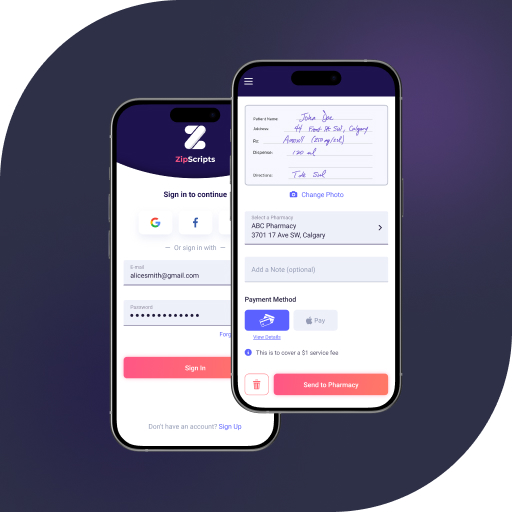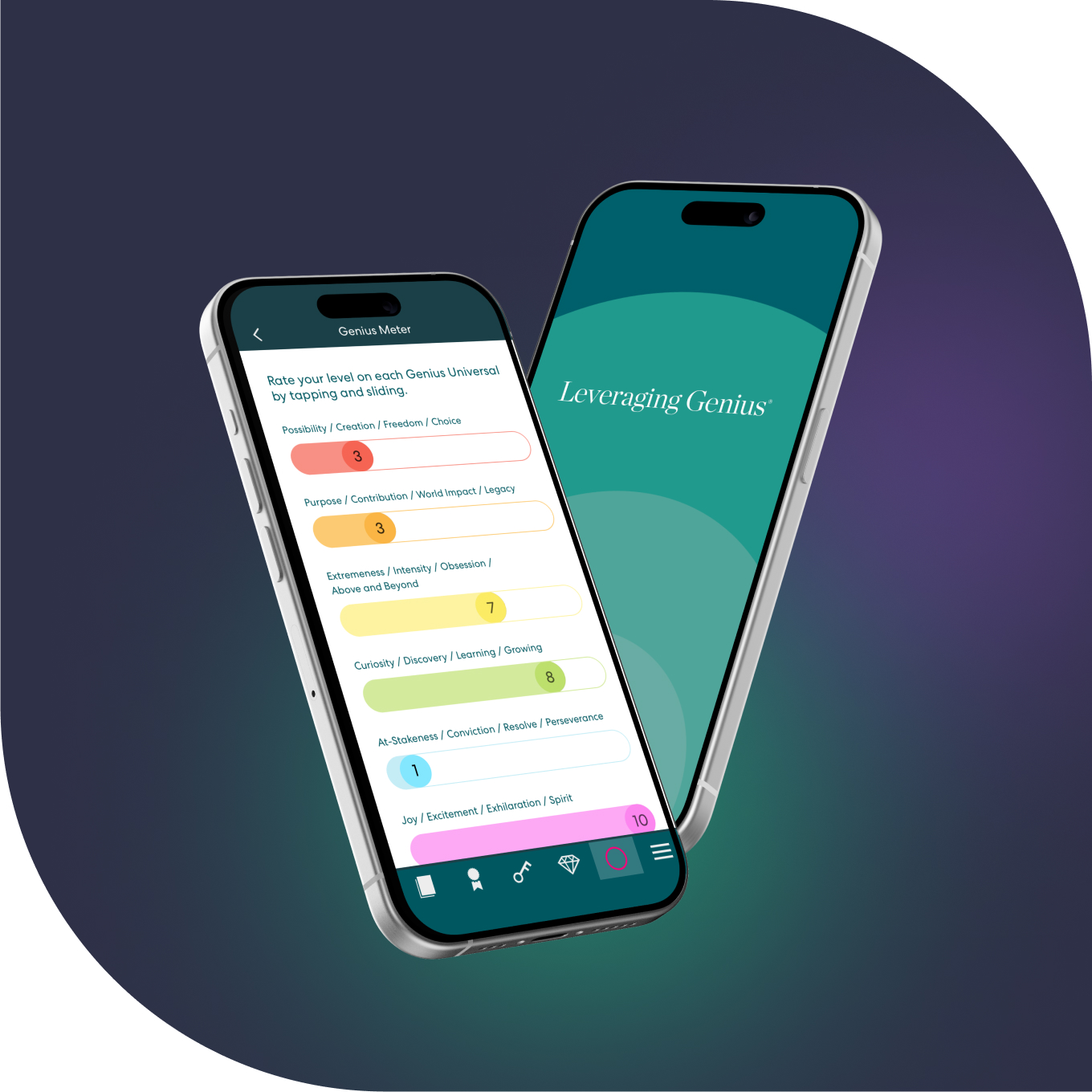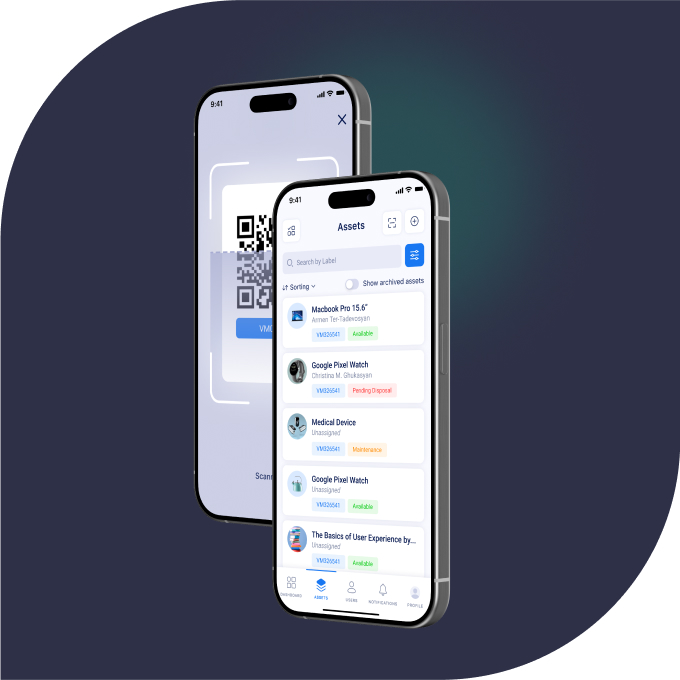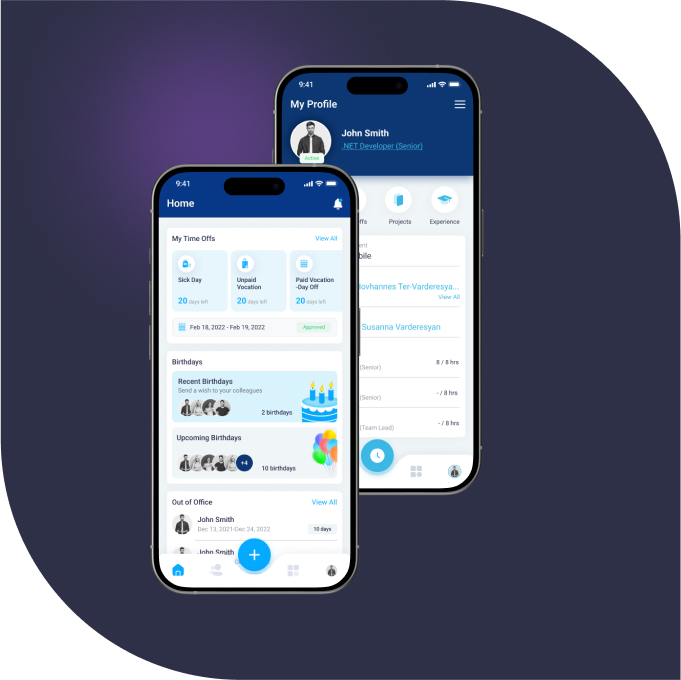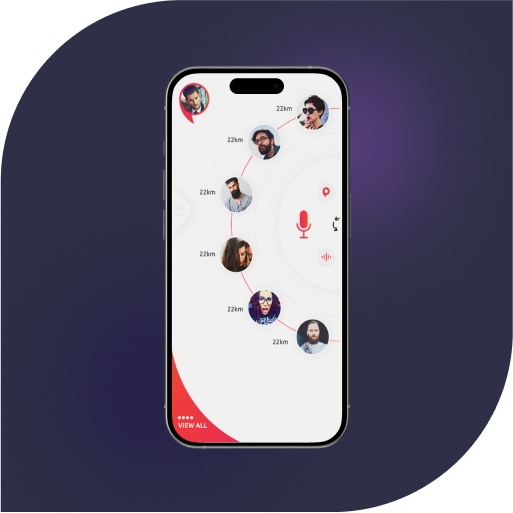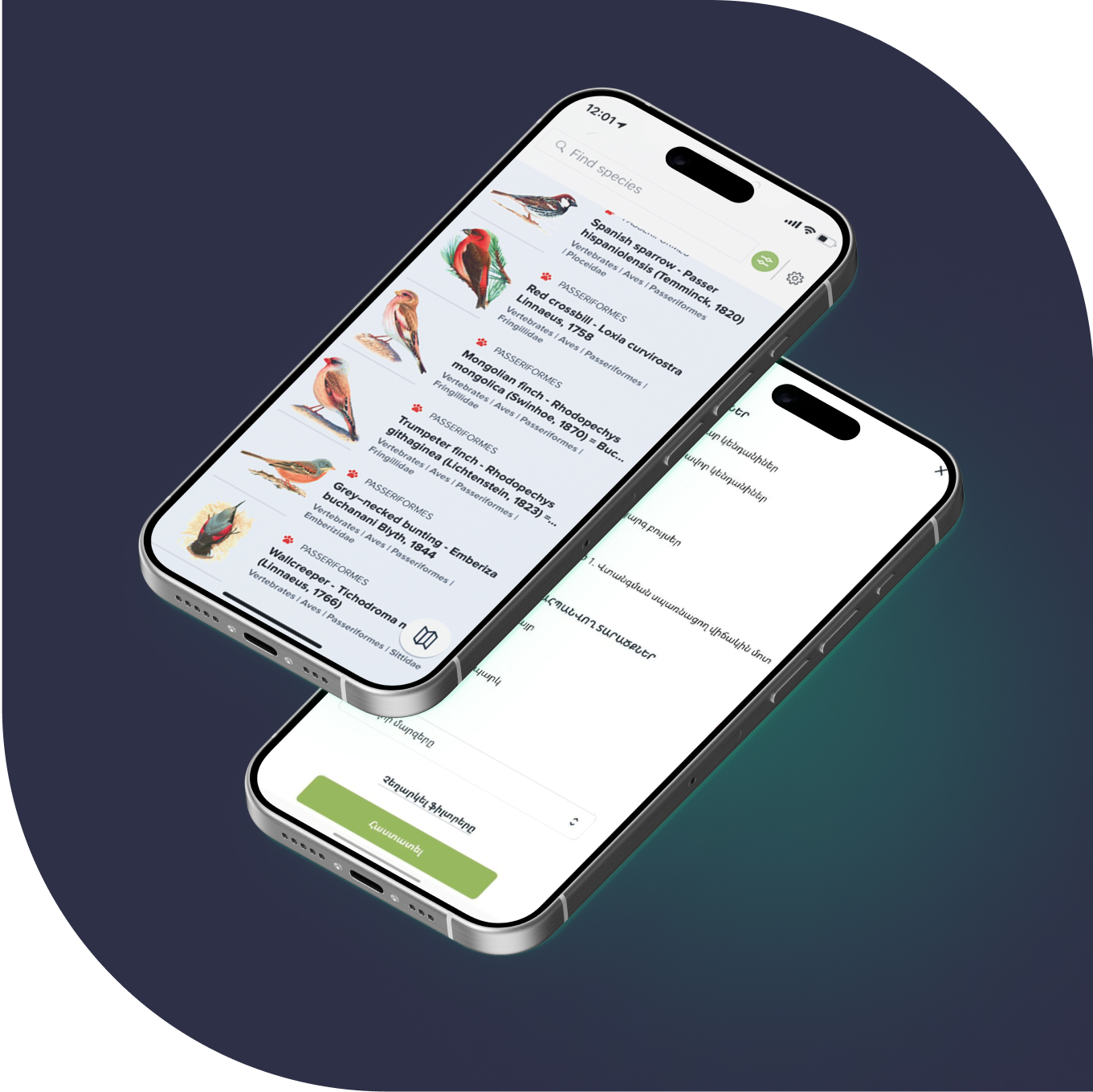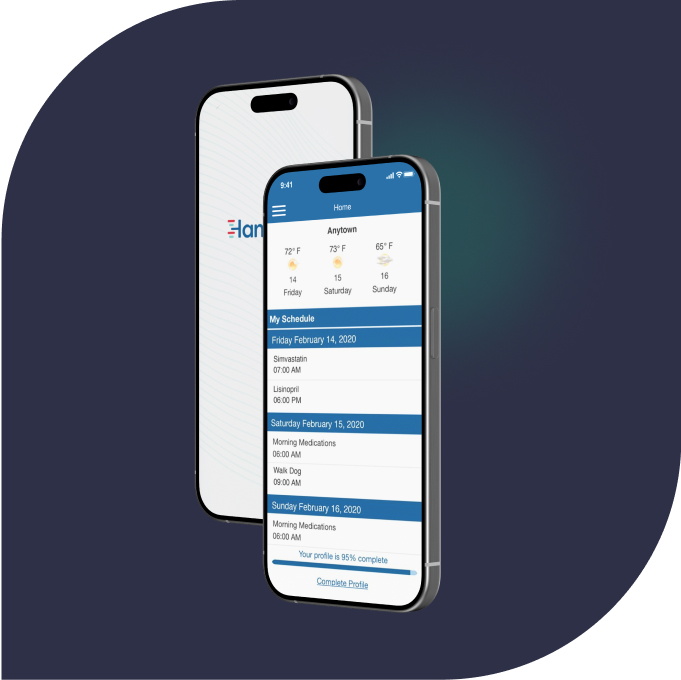
OUR STORY: 9 YEARS OF DELIVERING IMPACTFUL MOBILE APPS

Native and Hybrid Mobile Apps to Elevate Your Business

Interview with Mikayel Gyurjyan
CEO and Founder of V-Mobile
Tell us the story of V-Mobile. How did it all start?
The journey of V-Mobile began with a fintech project back in 2016. Our partner approached us with the need for a mobile payment app that would be compatible with iOS, Android, and Windows. This was the starting point for what would later become V-Mobile. Creating this product not only provided the technical foundation but also...

...brought together a passionate, talented team of mobile specialists that would shape the future of the company.
How did you build the team?
My own experience as a lecturer at the National Polytechnic University of Armenia and the National Academy of Sciences of Armenia has a lot to do with building the V-Mobile team. Many of my students, young talents with huge potential joined our team. Additionally, I had the privilege of working with many talented people in my previous roles, and some of them became key members of V-Mobile’s core team.
Notably, Andranik Hayrapetyan, our Android Team Lead, Robert Apikyan, our Flutter Team Lead and Tigran Kirakosyan were among the core team members who are with us for already 9 years. So, the original team was a group of young, motivated individuals with immense potential - many of whom I had taught or worked with before.

Looking back, what were the biggest challenges the company faced over the years and how did you overcome them?

There were several pivotal moments in V-Mobile’s evolution, and the biggest challenges revolved around adapting to changing market demands.
01
Shift from Windows to Native App Development
Initially, our focus was on developing mobile projects, starting with Windows apps, before shifting towards Native iOS and Android app development. The first major transformation came when we decided to switch to Native app development, which required upskilling the team and embracing new challenges.
03
Backendless Solutions
As our company grew, we also embraced backendless technologies. In 2020, we created a Python unit to deliver more agile, fast and flexible solutions, especially for startups. This allowed us to focus on creating scalable, fast backends while prototyping solutions with backendless development.
02
Cross-Platform Development
But as the market evolved, we realized that Native app development alone wasn’t enough to stay competitive. Our lead developers began attending tech events across Europe, learning from the community, and staying updated on emerging trends. Based on this knowledge and the growing number of requests we got for cross-platform mobile solutions, we started experimenting with Flutter and React Native in 2018.
After testing both technologies, we chose Flutter for its flexibility and scalability, and it has since proven to be the right decision. Today, Flutter development is in high demand, sometimes even surpassing Native app development in the modern market.
04
Mobile IoT and AI Solutions
Another transformative shift occurred when we started focusing more on IoT and AI solutions. Here, I would like to discuss some of the projects that we have worked on.
Our IoT Projects
One of our partners needed to enhance their mobile cleaning app for robot vacuums, integrating IoT technology to improve remote control and management. The app was revamped to ensure smooth functionality, offering features like scheduling, mapping, spot cleaning, and custom reports.Our team implemented IoT solutions with the help of which the app enables real-time control and efficient management of multiple robot vacuums, enhancing user experience and ensuring seamless operation across iOS and Android devices.
Another project we worked on involved developing a voice-controlled healthcare assistant platform that integrates IoT devices like smartwatches and mobile apps. The solution uses Bluetooth Low Energy (BLE) and 4G connectivity for seamless device management, enabling real-time health monitoring, medication reminders, and emergency alerts.

0%205.png)
Yet another IoT project I consider worth mentioning is an air quality monitoring app for iOS and Android. It integrates with a smartwatch equipped with six sensors to track pollutants, CO2, temperature, and humidity. The app connects to the smartwatch via Bluetooth Low Energy (BLE) to display real-time data, historical measurements, and provide alerts when air quality exceeds safe levels. It also supports Over-the-Air (OTA) firmware updates and synchronizes sensor data with a cloud backend, ensuring continuous health monitoring and safety for users.
We also developed an IoT-enabled greenhouse management app that integrates with sensors and devices to monitor plant conditions and environmental parameters. The app collects data through a local Wi-Fi network and QR code scanning, providing real-time insights even in offline mode. It ensures seamless communication between the tablet and greenhouse systems, allowing for remote management, daily reports, and task scheduling. The app's IoT functionality helps users detect issues early, optimize operations, and improve yields with minimal onsite presence.
Our AI Cases
We have worked on multiple IoT projects, not to list them all here to avoid a lengthy piece, I would like to now bring a couple of AI case examples to close this question.
We worked on a personal finance planner app that integrates AI-based features such as a financial prediction module for retirement planning and a financial simulation sandbox. These AI components analyze users' income, expenses, and assets, providing predictions and allowing for simulations of various financial scenarios, such as pensions, crypto, and investments. The app helps users to experiment with hypothetical variables like interest rates and inflation, enabling smarter, data-backed decisions for their financial future.
Another partner of ours needed to improve their internal operations by integrating AI into their visual abstract creation process. The AI solution automates the initial creation of visual abstracts, which are then fine-tuned by the team for greater accuracy and quality. This AI-based tool streamlines the workflow from receiving requests to delivering the final product, saving time, improving team collaboration, and ensuring high-quality visuals that help researchers communicate their findings effectively.
Overall, AI and IoT are areas we will continue to explore, as our expertise and experience in these fields are essential and keep expanding.
What new technologies or methodologies are you planning to integrate into your development process?
Looking ahead, we are excited to continue exploring IoT and AI technologies. Additionally, we are keeping a close eye on Kotlin Multiplatform, which is one of Google’s new directions and we plan to integrate it into our development process as it evolves.
%201.png)

As you celebrate 9 years, what are your primary goals for the next 1 to 3 years?
Our primary goal is to establish ourselves as a leading mobile technology company for partners and mobile startups all around the world. We aim to continue innovating across various mobile technologies, offering a wide range of app development services and maintaining a strong presence in the market.
What are the key steps in building long-lasting relationships with international clients?
To build lasting relationships with international clients...

...we focus on three main pillars: effective communication, strong technical skills, and agile development.
By being transparent, responsive, and adaptable, we ensure that our clients feel heard and supported throughout the process, thus ensuring mutual trust and loyalty.
%201.png)
%202.png)

